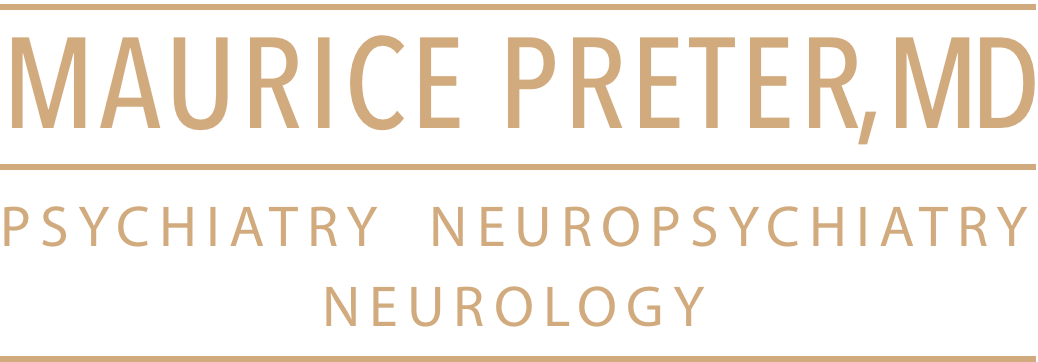Essential tremor is a complex neurological disorder characterized by rhythmic shaking, primarily affecting the hands, head, and voice. Here’s a comprehensive overview of its diagnosis and management:
Clinical Manifestations
Limb Tremor
Essential tremor primarily manifests as a bilateral upper extremity action tremor. Key features include:
- Kinetic tremor with or without postural tremor
- Frequency between 8-12 Hz
- Kinetic tremor more severe than postural tremor in about 95% of cases
- Mild to moderate asymmetry common
- Rest tremor possible in longstanding cases (prevalence 2-46%)
- Intention tremor may develop later, associated with disease duration
Head Tremor
Head tremor is a common late manifestation:
- Present in about 39% of patients
- More common in women and older patients
- Often exacerbated during phonation tasks
- May have an intention component
- Can be “no-no” (horizontal), “yes-yes” (vertical), or mixed directional
Vocal Tremor
Vocal changes are frequent, especially in older patients:
- More common in women
- Patients describe voice as “weak,” “unstable,” “shaky,” or “hoarse”
- Can involve muscles of the palate, pharynx, tongue, and larynx
Other Manifestations
- Chin/jaw tremor: Uncommon, increases with disease severity
- Balance difficulties and gait impairment
- Hearing loss: Higher prevalence of hearing impairment and hearing aid use
- Olfactory changes: Mixed findings, may be normal in many cases
- Eye findings: Oculomotor changes, including square wave jerks and altered saccades
Psychiatric and Cognitive Symptoms
- Higher rates of depression, anxiety, and sleep disturbances
- Increased pain severity and interference
- Mild cognitive impairment, particularly in executive function, attention, and working memory
Diagnosis
Essential tremor is primarily a clinical diagnosis based on history and examination:
- Assess tremor during different activities and impact on daily living
- Family history and alcohol responsiveness can be helpful clues
- Perform multiple bedside tests (e.g., arm extension, finger-to-nose movements, spiral drawing)
- Complete neurological examination to rule out other conditions
Diagnostic pearls:
- Extension-flexion at the wrist during arm extension
- Intention tremor in finger-to-nose testing (>25% of cases)
- Characteristic axis in writing and spiral drawings (8-2 o’clock for right-handed, 10-4 o’clock for left-handed)
- “Head snap” during finger-to-nose examination in up to 20% of cases
Classification
The International Parkinson and Movement Disorder Society redefined essential tremor in 2018 as a syndrome, recognizing its heterogeneity. The new classification includes:
- Essential tremor
- Essential tremor plus (with additional neurological signs)
Treatment
First-line treatments:
- Propranolol
- Primidone
For severe cases:
- Deep brain stimulation (traditional target: ventral intermediate nucleus of thalamus; emerging target: caudal zona incerta)
- MRI-guided high-intensity focused ultrasound
Emerging treatments:
- Novel oral medications
- Chemodenervation
- Noninvasive neuromodulation
Prognosis
Essential tremor is progressive, but less than 10% of patients with long disease duration develop significant disability. Predictors of faster progression include:
- Longer disease duration
- Asymmetrical tremor
- Isolated limb involvement at onset
- Older age of onset
In conclusion, essential tremor is a complex and heterogeneous disorder requiring careful clinical assessment for accurate diagnosis and appropriate management.
